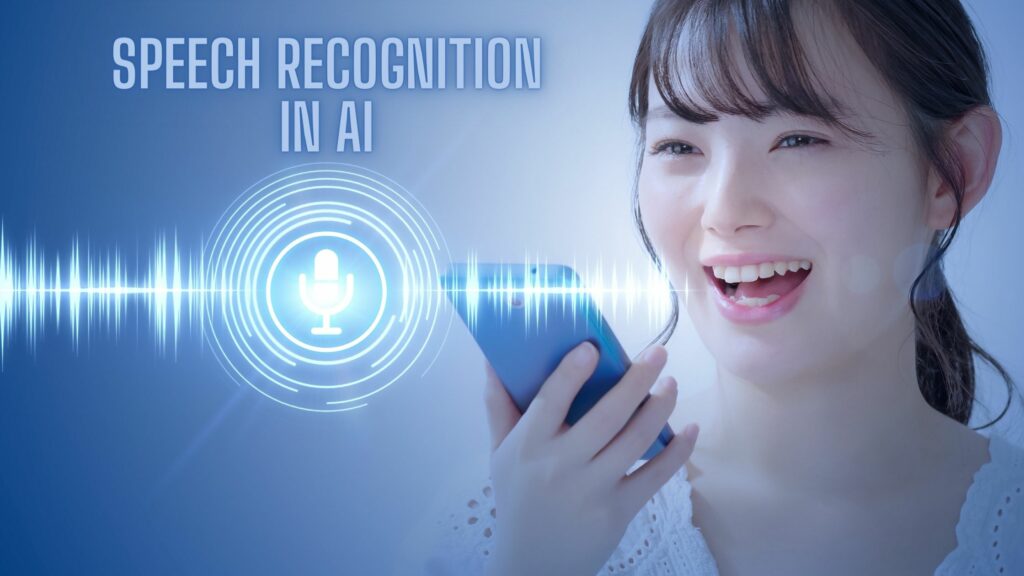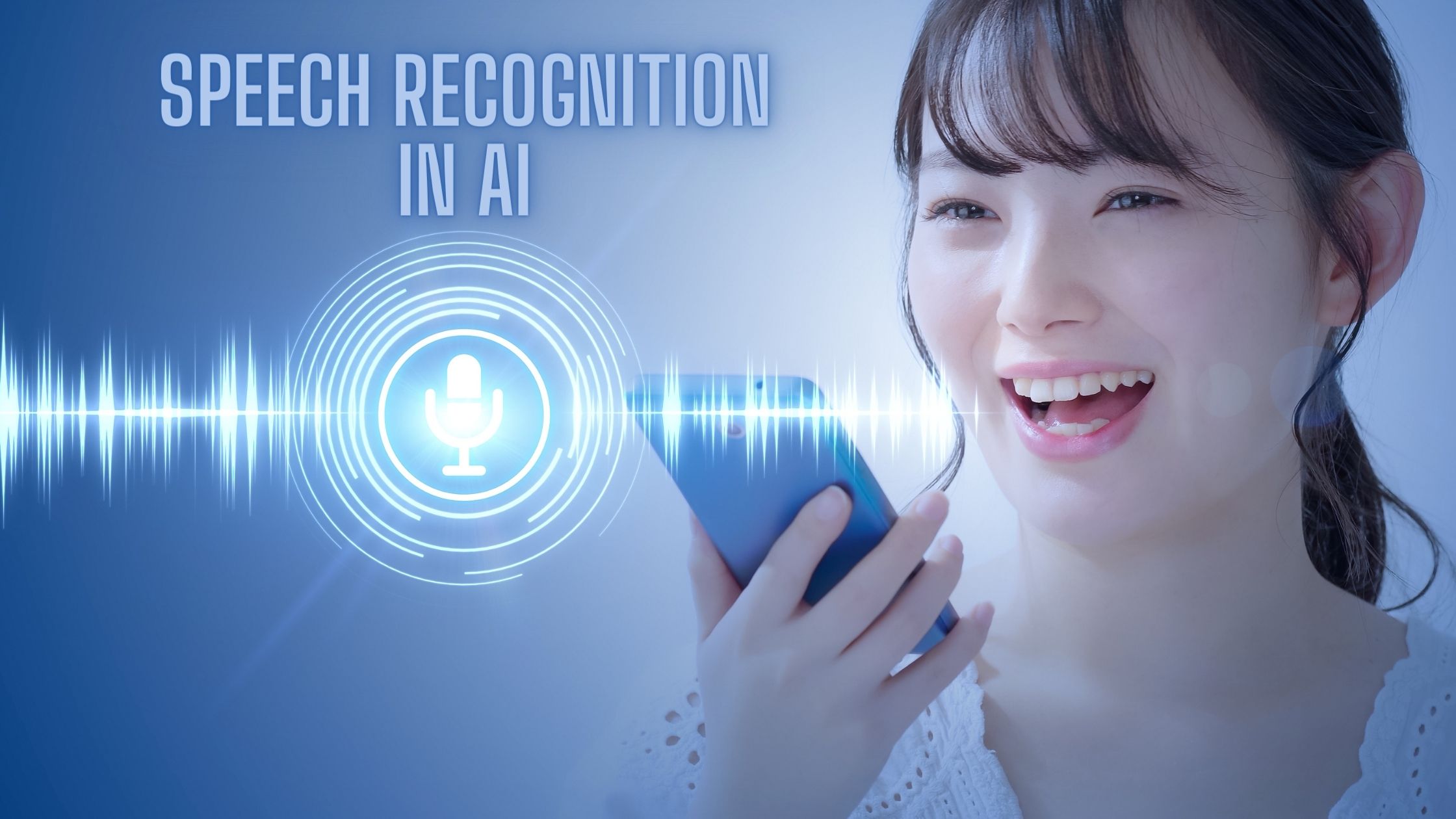 Speech recognition technology has rapidly evolved over the past few years, thanks to advances in artificial intelligence (AI). This cutting-edge technology has revolutionized the way we interact with devices and has enormous potential to transform industries such as healthcare, education, and customer service. In this article, we will explore the fundamentals of speech recognition in AI and its current applications, as well as the challenges and future possibilities of this game-changing technology.
Speech recognition technology has rapidly evolved over the past few years, thanks to advances in artificial intelligence (AI). This cutting-edge technology has revolutionized the way we interact with devices and has enormous potential to transform industries such as healthcare, education, and customer service. In this article, we will explore the fundamentals of speech recognition in AI and its current applications, as well as the challenges and future possibilities of this game-changing technology.
What is speech recognition?
Many different sectors and business industries employ speech recognition technologies today. Essentially, it is the process of converting spoken language into text. This is possible using artificial intelligence and machine learning technology.
It is important to remember that voice recognition is distinctly different from speech recognition. This difference, however, is now more apparent due to recent developments in deep learning and big data. These improvements have led to significant breakthroughs in speech recognition, where it becomes more and more efficient to comprehend and process human speech.
Speech recognition systems that use sophisticated AI and machine learning are able to comprehend and interpret human speech. When doing this, it is also able to integrate grammar, syntax, structure, and the composition of audio and voice signals. We may adjust speech recognition for a variety of needs, including language weighting and speaker identification.
How does speech recognition work?
Speech recognition uses algorithms through a process known as language and acoustic modeling. Acoustic modeling serves as a representation of the relationship between audio impulses and the linguistic elements of speech. Contrarily, language modeling connects word sequences with sounds to help distinguish between similar-sounding words or phrases.
Speech recognition platforms also use an element called Hidden Markov Models, or HMMs, to recognize particular temporal speech patterns. It is a statistical model that assumes that changes in the future are unrelated to changes in the past and shows how a system changes at random.
Besides HMM’s, N-grams are also common in conjunction with natural language processing as another method of speech recognition. Natural language processing, or NLP, makes the entire voice recognition process easier to implement and takes less time. On the opposite end, n-grams provide a more direct approach to language models and function by generating a probability distribution for a particular sequence.
Understanding Speech Recognition Software and Its Key Features
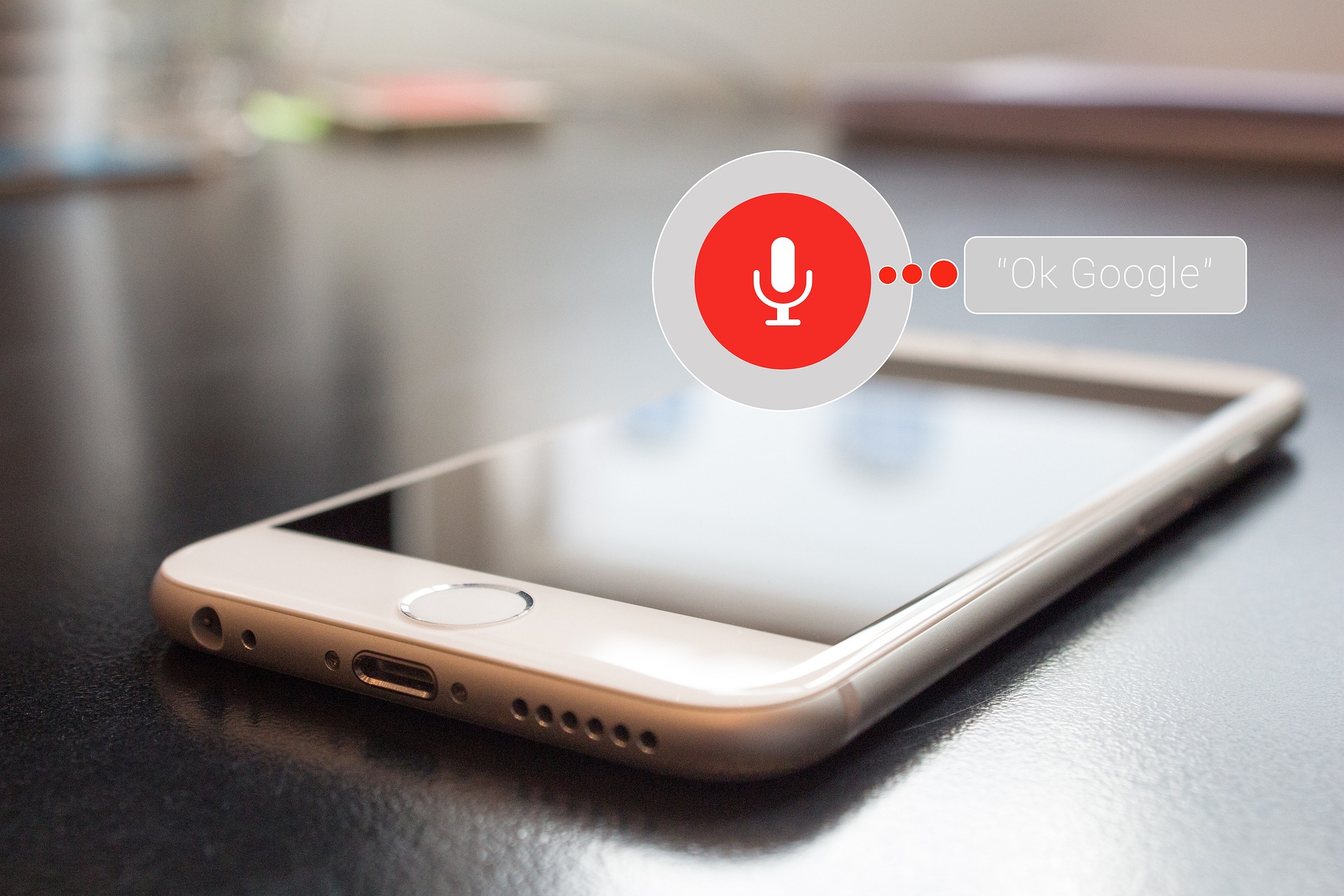
Although transcription is the main application for speech recognition software, it has a wide range of additional applications. For instance, voice-activated devices like virtual assistants and smart home appliances can use the software’s output to do voice-based searches. Speech recognition and conversion techniques also result in comprehensible data that can be helpful in analysis, such as when examining call logs after connecting them with a cloud contact center.
Businesses may purchase software for speech recognition to automate routine operations like document generation. By using their voice as an input device, professionals can use these technologies to increase their productivity.
We should consider the following essential characteristics when assessing voice recognition software:
1. High accuracy
A good voice recognition software should be able to transform spoken words into written text with a moderate to a high degree of accuracy. This is essential because inaccurate recognition serves no purpose and frequently works against productivity. A level of accuracy above 70% is typically regarded as “excellent,” meaning the program successfully recognizes 70 out of every 100 words spoken.
2. Transcription capabilities
Transcription is another important aspect of voice recognition software that can be overlooked. The software should be able to comprehend and analyze speech inputs. It should also produce a text transcription, and deliver it in a human-readable format that may be downloaded as documents or files with subtitles. Even though some speech recognition engines can connect to a separate transcription program, it is advantageous to have both features in one package.
3. AI and ML model training
Sophisticated artificial intelligence (AI) is used in speech recognition to convert enormous amounts of machine-readable data from voice inputs. One of the main advantages of AI is that it may improve its accuracy over time by learning from errors and exceptions that occur.
Machine learning models make this possible by training the software through different techniques and procedures.
4. Developer support
Even if there are a number of speech recognition platforms available, it is also important to consider if it provides developer support. Application programming interfaces (APIs) must be accessible in order to integrate the functionality into other applications. For instance, a developer might use a speech recognition API to create a voice assistant tailored to a particular sector that can search through intricate knowledge bases.
5. Enterprise readiness
Enterprises should be able to use voice recognition software in their business operations in addition to developer support. This covers voice-based search, document management, large-scale voice data processing, etc. Additionally, the program must host and process speech data in a compliant data center that respects user privacy and doesn’t jeopardize confidential company data.
What are the benefits of speech recognition?
Speech recognition is a booming topic in modern times, and everyone is interested in understanding how it operates. With how prolific it is in modern-day technology, it is important that the public is informed about what it does, and why it’s valuable. Here are some benefits of speech recognition:
1. The benefits of speech recognition include faster operations, improved accuracy, and increased efficiency.
Software for speech recognition is made to be faster and more accurate than humans. It can therefore be used to streamline corporate procedures and give quick updates on call activity. Not only is the technology accurate, but it is also cost-efficient for businesses, making it ideal to have on a corporate level.
2. Speech recognition can help reduce errors, improve customer satisfaction, and speed up processes.
It is incredibly important for businesses to accomplish their work and processes as accurately as possible. Speech recognition software makes it possible to accomplish this. For example, it is used in healthcare settings to record and log patient diagnoses and treatment details. In other industries, it can improve customer satisfaction and decrease wait times. There are other applications of speech recognition as well: call centers, security systems, and more. Overall, voice recognition technology can aid in minimizing errors, enhancing client satisfaction, and accelerating procedures.
3. In addition, speech recognition can help you create a more efficient and effective work environment.
As speech recognition software is faster and more accurate than a human, it is more economical to use. It can be used to efficiently automate corporate procedures and offer real-time information about different activities.
What are the advantages of speech recognition?
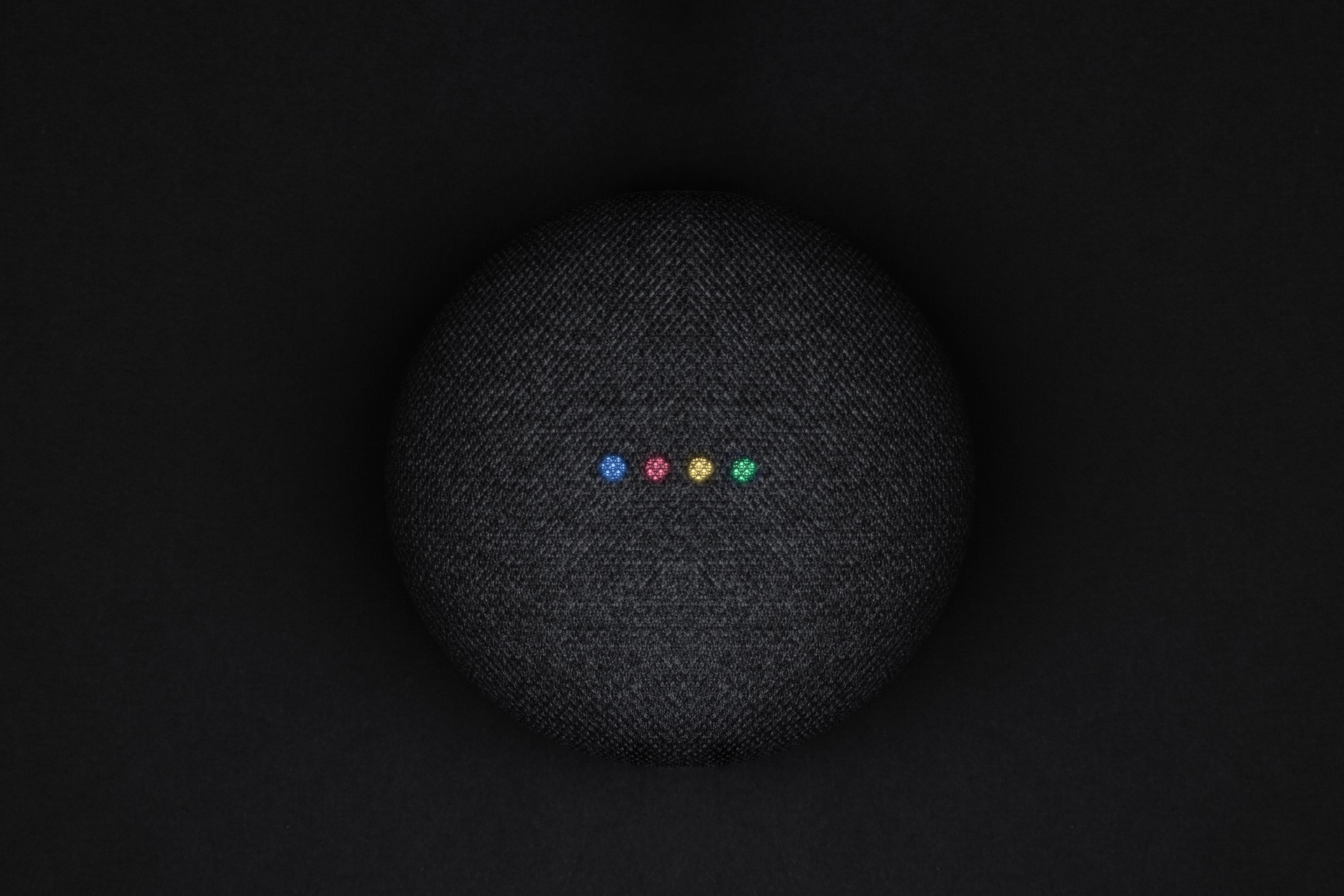
- Speech recognition allows different people to engage in casual or formal conversations that can fit different contexts and situations
- This kind of software is incredibly accessible. It is often found in mobile devices, computers, and other similar kinds of technology.
- The best speech recognition software are simple to use.
- AI-enhanced speech recognition systems get better over time. Systems create more information about human speech when they complete speech recognition tasks, improving their performance.
What are the disadvantages of speech recognition?
Some speech recognition systems may be unable to accurately record words. This can be due to reasons such as differences in pronunciation, a lack of support for some languages, and an inability to distinguish between background noise.
Speech Recognition in Artificial Intelligence
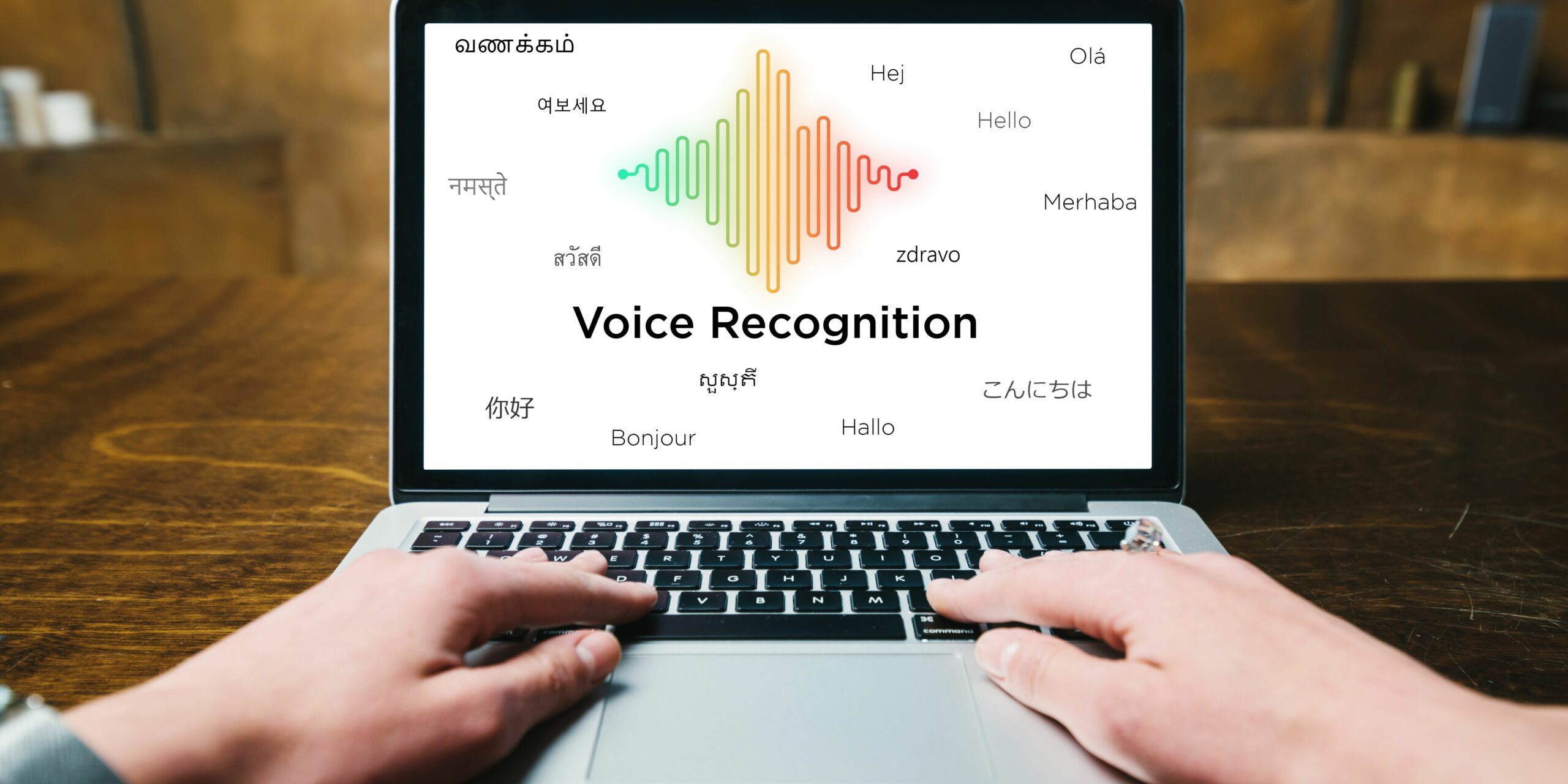
To put it simply, human intellect displayed by machines is known as artificial intelligence. First employed to assess and swiftly compute data, it is now employed to carry out operations that previously required human intervention
Artificial intelligence and machine learning are frequently made synonymous to each other. Machine learning, a subset of artificial intelligence, is the act of teaching a machine to detect patterns instead of giving it rules so that it can learn from them.
Artificial intelligence is currently used for speech recognition, natural language processing, and translation. Automated voice recognition is the process of turning audio into text while natural language processing (NLP) analyzes the text to ascertain its meaning.
How can speech recognition be used in artificial intelligence?
AI for speech recognition in communications

As it does for many other industries, conversational AI is the biggest benefit voice recognition technology can provide the telecoms business. They recognize and join in on casual conversations and are getting better at understanding human speech. Essentially, these voice recognition systems improve and add value to the telecommunication services that are already available.
AI for speech recognition in banking

From a security perspective, several institutions use speech recognition to enable payments in mobile and online banking. Voice authentication is frequently used in mobile banking applications to give users an easy way to verify their identity in addition to complicated passwords and 2-factor authentication methods without the usual hassle.
AI for speech recognition in the healthcare sector

Speech recognition has emerged as a crucial tool for healthcare practitioners to spend less time on data entry and more time treating patients. It has become simpler to remotely check for symptoms, offer patients critical information in times of significant confusion, and generally minimize the exposure of healthcare personnel while still allowing them to provide their patients with the treatment they require. Voice recognition has already made a significant contribution to remote medical care and will continue to get better.
How could artificial intelligence (AI) be used for speech recognition?
The speech recognition model works by analyzing your voice and language using artificial intelligence (AI), understanding the words you are speaking, and then accurately reproducing those words as model content or text data on a screen.
What is automatic speech recognition in AI?
ASR is a technology that transforms spoken language into text using machine learning (ML) and artificial intelligence (AI). It’s a typical technology that many of us use on a daily basis.
What is the difference between AI for speech recognition and AI for hand writing recognition? Which problem is more difficult?
The two issues are comparable. Both require data and struggle with a range of languages and background noise. Speech recognition toolkits are frequently successfully useful for handwriting recognition because the algorithms are comparable.

